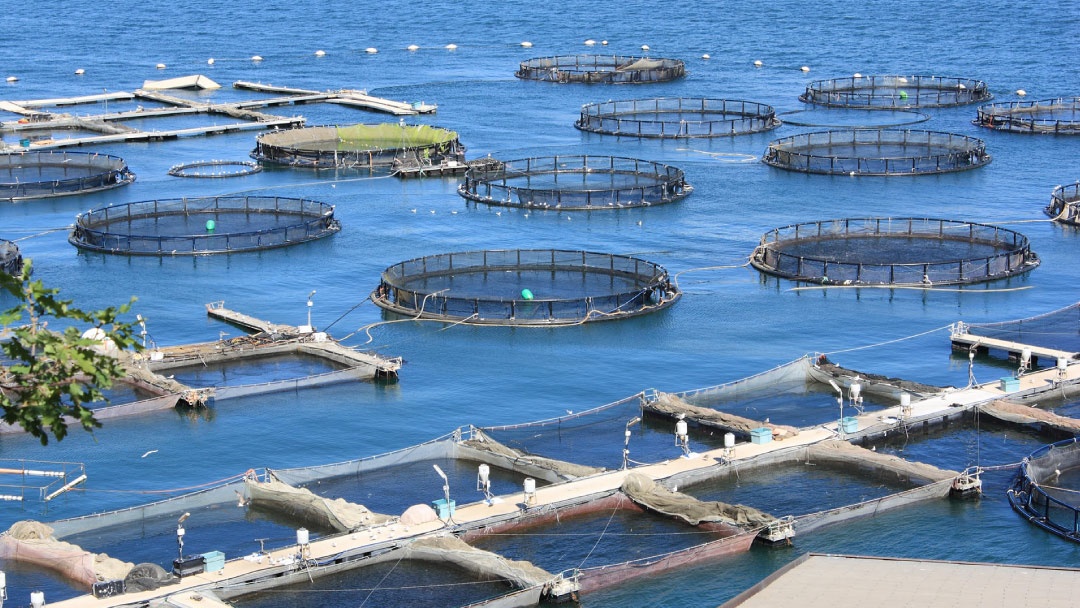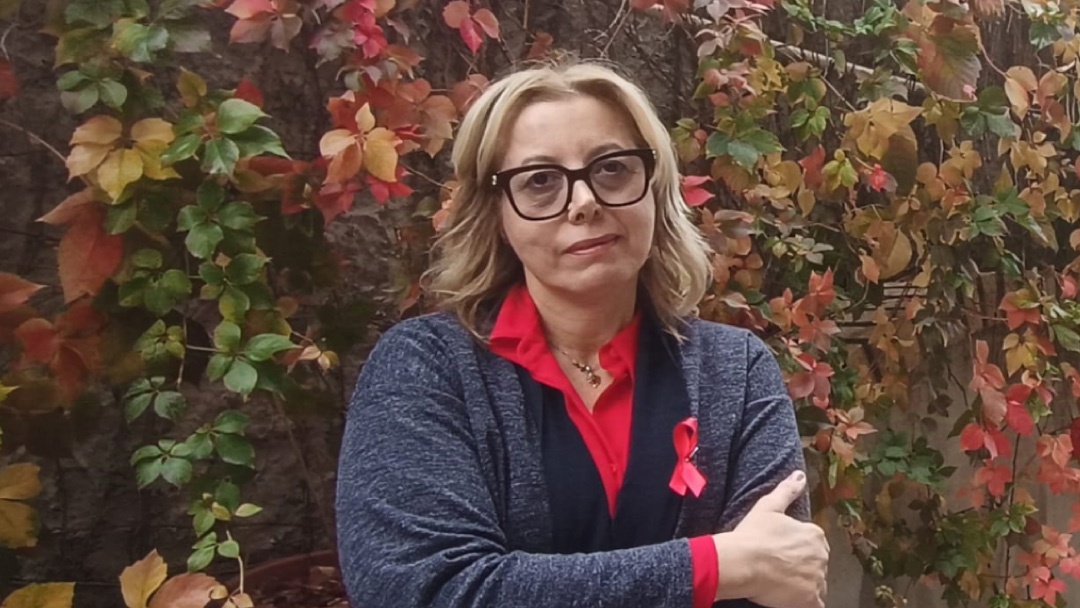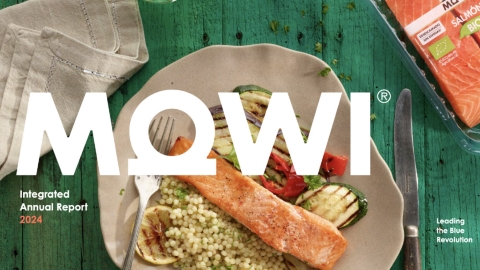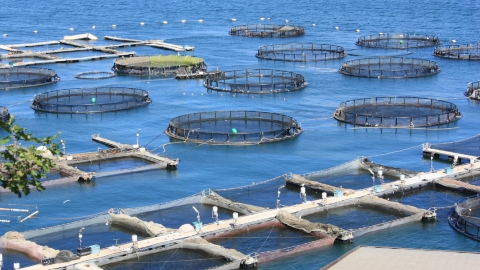
Italian aquaculture continues to be a cornerstone of the country’s seafood sector, contributing over 40% of total national production (source, STECF, 24-14). In 2023, the industry generated around 140,000 tonnes, worth between €580 and €600 million, according to the National Fisheries Profile of Italy: A detailed social analysis of the Italian fishing sector (European Commission, 2025), authored by Maria Cozzolino and Rosa Federica Grassi.
The sector is evenly divided between marine and freshwater aquaculture — with 80,000 tonnes from coastal and offshore farming and 60,000 tonnes from freshwater systems in northern regions such as Veneto, Trentino-Alto Adige, Lombardy, and Piedmont.
The rainbow trout (Oncorhynchus mykiss) dominates freshwater production, accounting for 55,000 tonnes or 39% of the total, followed by carp, tench, and sturgeon, the latter underpinning Italy’s status as Europe’s leading caviar producer. In marine farming, gilthead sea bream (Sparus aurata), European sea bass (Dicentrarchus labrax) and Mediterranean mussel (Mytilus galloprovincialis) lead the market, while European eel (Anguilla anguilla) and other species make up the remaining 13,000 tonnes.
The sector, despite the growing importance it has gained in recent years, is facing several challenges. According to Cozzolino, speaking to misPeces, “Italian aquaculture is currently under strong pressure from rising feed and energy costs, complex administrative procedures, and coastal environmental constraints”.
A growing concern, added Cozzolino, is the rapid spread of the blue crab (Callinectes sapidus), which has severely impacted clam and mussel farming — “areas where Italy ranks among the top EU producers”. This invasive species not only depletes stocks but also damages ropes, nets, and infrastructure. For finfish production, key priorities include reducing feed costs through circular economy solutions and accelerating the transition to renewable energy to decrease dependency on fossil fuels.
Innovation and recovery: sustainability as leverage
Innovation remains central to strengthening the sector’s resilience and competitiveness. Increasing adoption of integrated multi-trophic aquaculture (IMTA), recirculating aquaculture systems (RAS), and eco-certifications demonstrates a growing commitment to resource efficiency and environmental responsibility. New investments in value chain integration and collaboration between producers and researchers are fostering the transition toward circular economy models. Diversification through multifunctional aquaculture — combining production with tourism, education and environmental restoration — is also emerging as a key growth lever, particularly in coastal and rural regions.
Strategic priorities 2026–2030: resilience, skills and market strength
 Maria Cozzolino
Maria Cozzolino
Looking ahead to 2026–2030, Cozzolino highlights the need for technological innovation and engineering solutions for offshore and integrated farming systems, as well as the recovery and valorisation of fishery and processing by-products for feed and high-value functional ingredients. Strengthening skills development, digitalisation, and vertical integration within farms will be crucial to enhance efficiency and product diversification. At the same time, improving market positioning through quality, traceability and branding will help consolidate Italy’s presence both domestically and internationally.
Finally, Cozzolino stresses that resilience to climate change and biological threats, including invasive species, must remain a central pillar of sustainable aquaculture development. With its strong family-based business structure, rising innovation capacity and clear commitment to sustainability, Italy stands out as a European leader in aquaculture transformation — steering steadily towards a more balanced and competitive blue economy.



